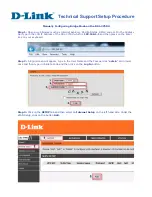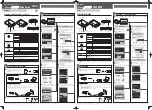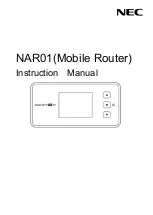
CAUTION
Make sure that the chosen country listing matches
the country in which the unit is installed before
changing the
Frequency (MHz)
value.
• You can change the frequency of each radio link in order to
minimize interference with other wireless networks
operating in the same area. The frequencies shown on the
Frequency (MHz)
selector are the carrier frequencies.
5.
If
Advanced
configuration mode was selected, choose the
required channel bandwidth from the
Channel Width (MHz)
drop-down. Note that the radio units on both sides of a wireless
link must be set to the same channel width value. A channel
width mismatch will result in degraded communication between
the units.
CAUTION
Before finalizing the settings on the
WIRELESS
RADIO
window, refer to
for wireless settings” (page 48)
below. This section
contains important information that may influence
your choice of wireless settings.
Important considerations for wireless settings
The following sub-sections contain important technical and regulatory
information that influences the settings on the
WIRELESS
RADIO
window.
• For information on how to avoid network co-location interference,
refer to
“Co-location considerations” (page 48)
.
• For information on the effects of channel width on data rate and
throughput, refer to
“Channel width considerations” (page 49)
.
Co-location considerations
To avoid radio interference caused by unit co-location, set the frequencies
of co-located transceivers as far apart as practically possible.
Before a network is deployed, frequency allocations for every unit-to-unit
link must be planned in advance. A safe method is to use the narrowest
channel width that can realistically support the needed amount of data
throughput whilst separating the individual channels as much as possible.
Even if two radios are not transmitting on the same channel, their side
lobes may still cause them to interfere with each other. It is good practice
to space the radios as far apart as practically possible in the vertical
plane, with a minimum of 3ft/1m and an ideal distance of 5ft/1.5m
between them.
Device configuration using the configurator interface
© 2021 Cisco and/or its affiliates. All rights reserved.
Page 48 of 132
















































